Fungicide
/
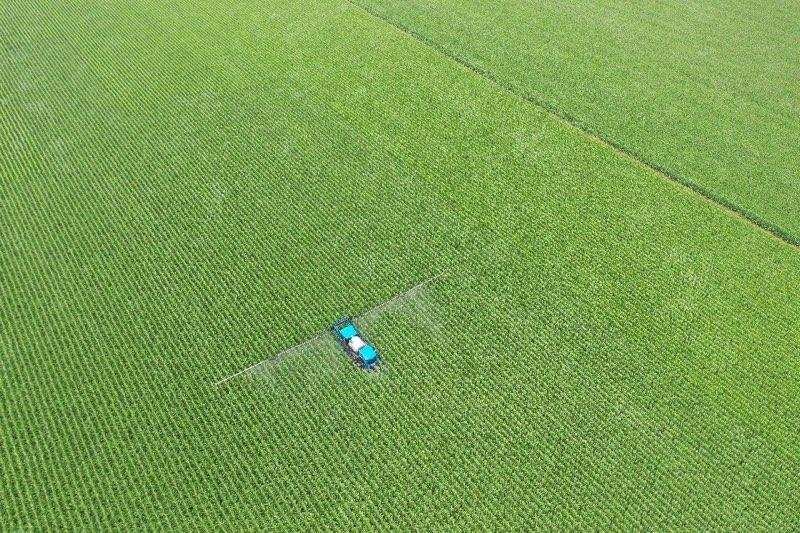

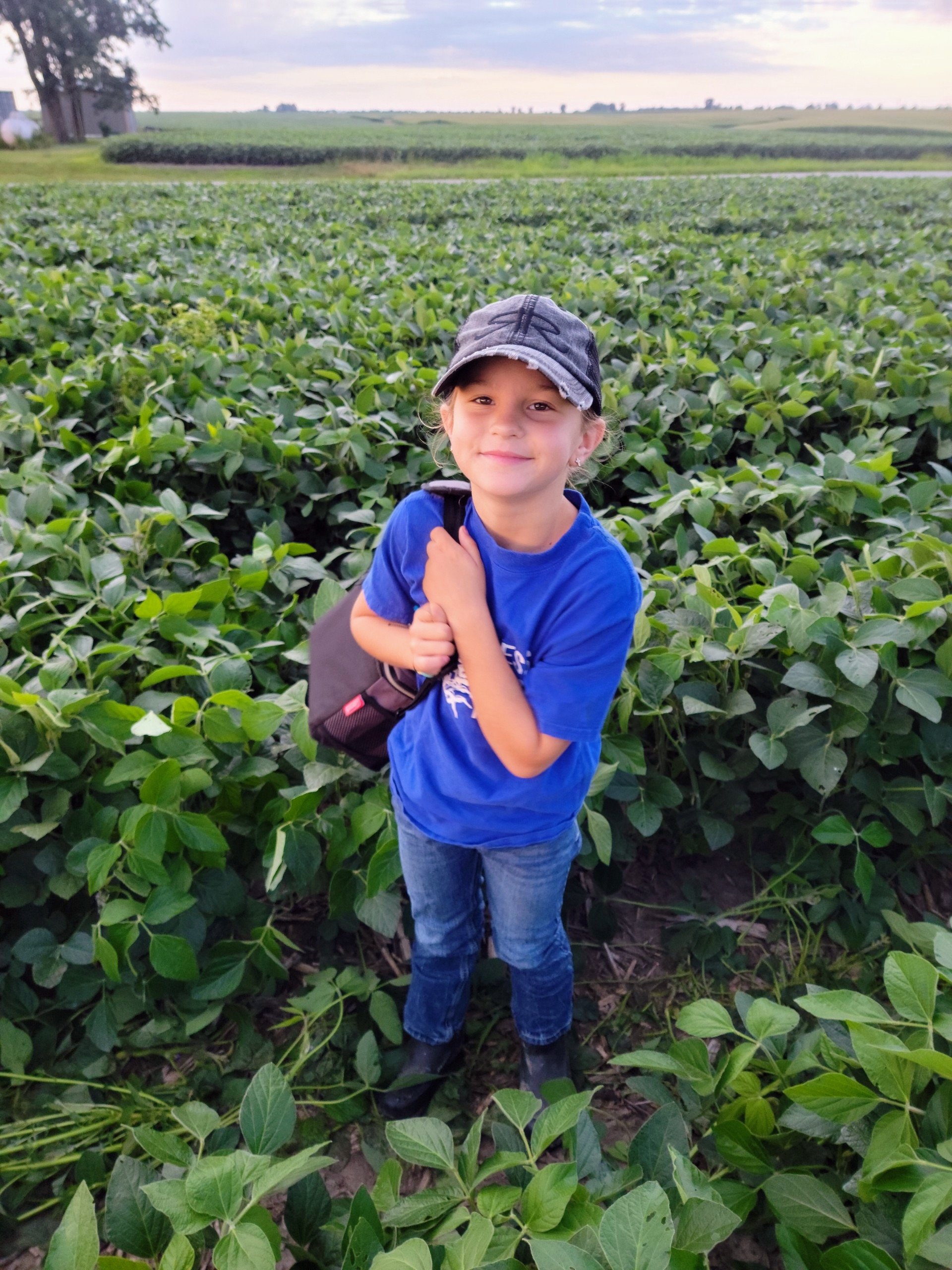
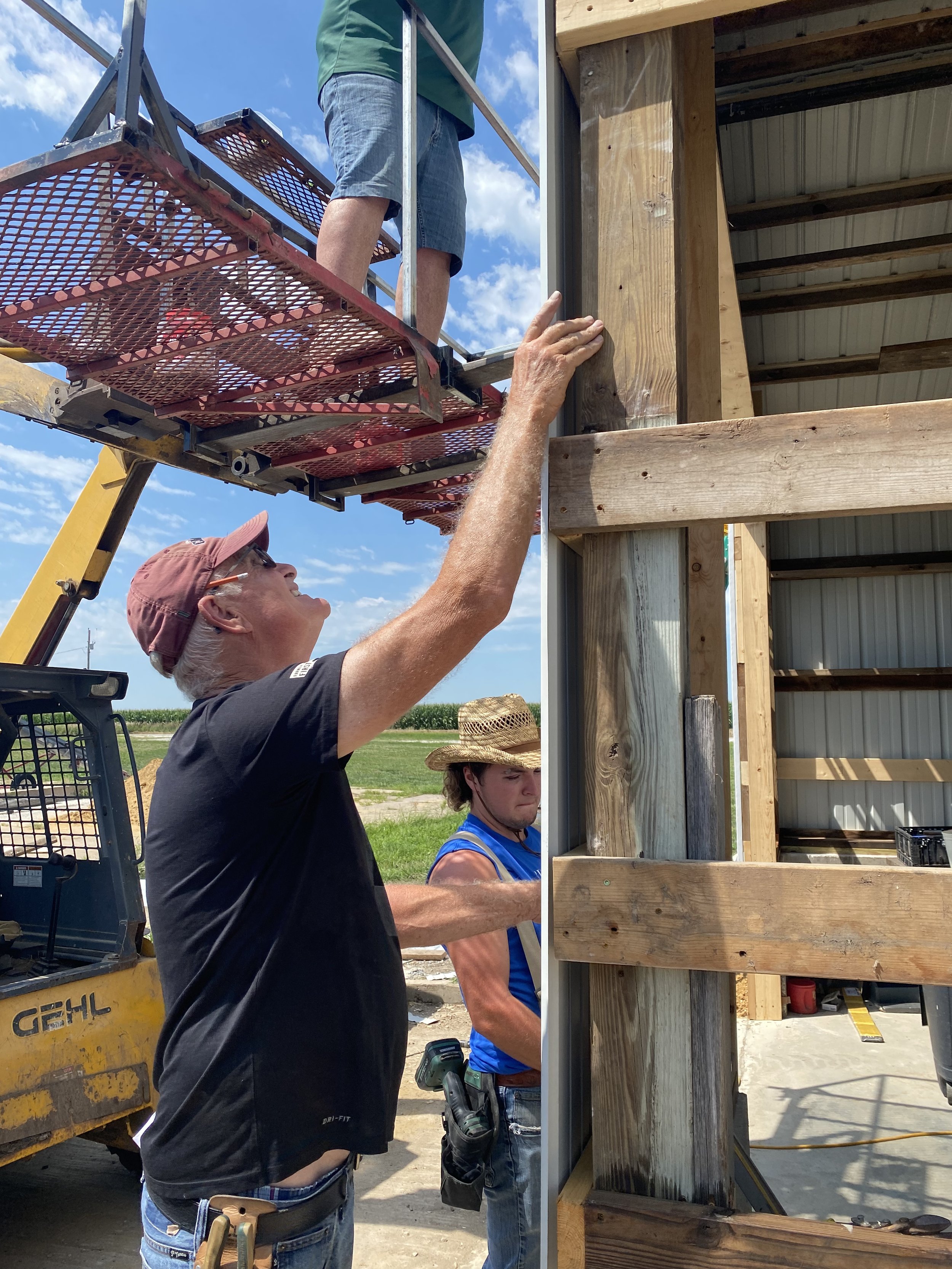
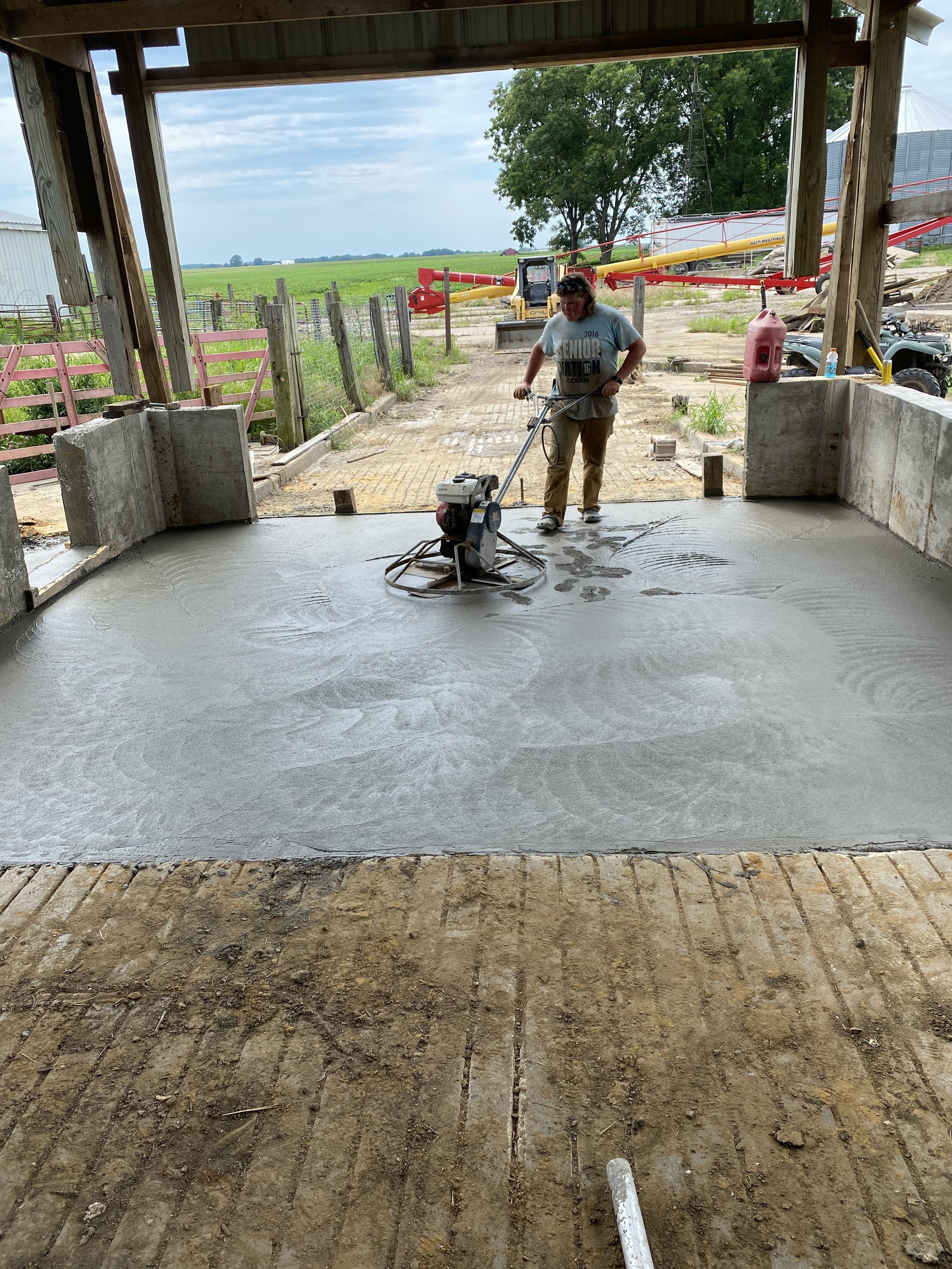

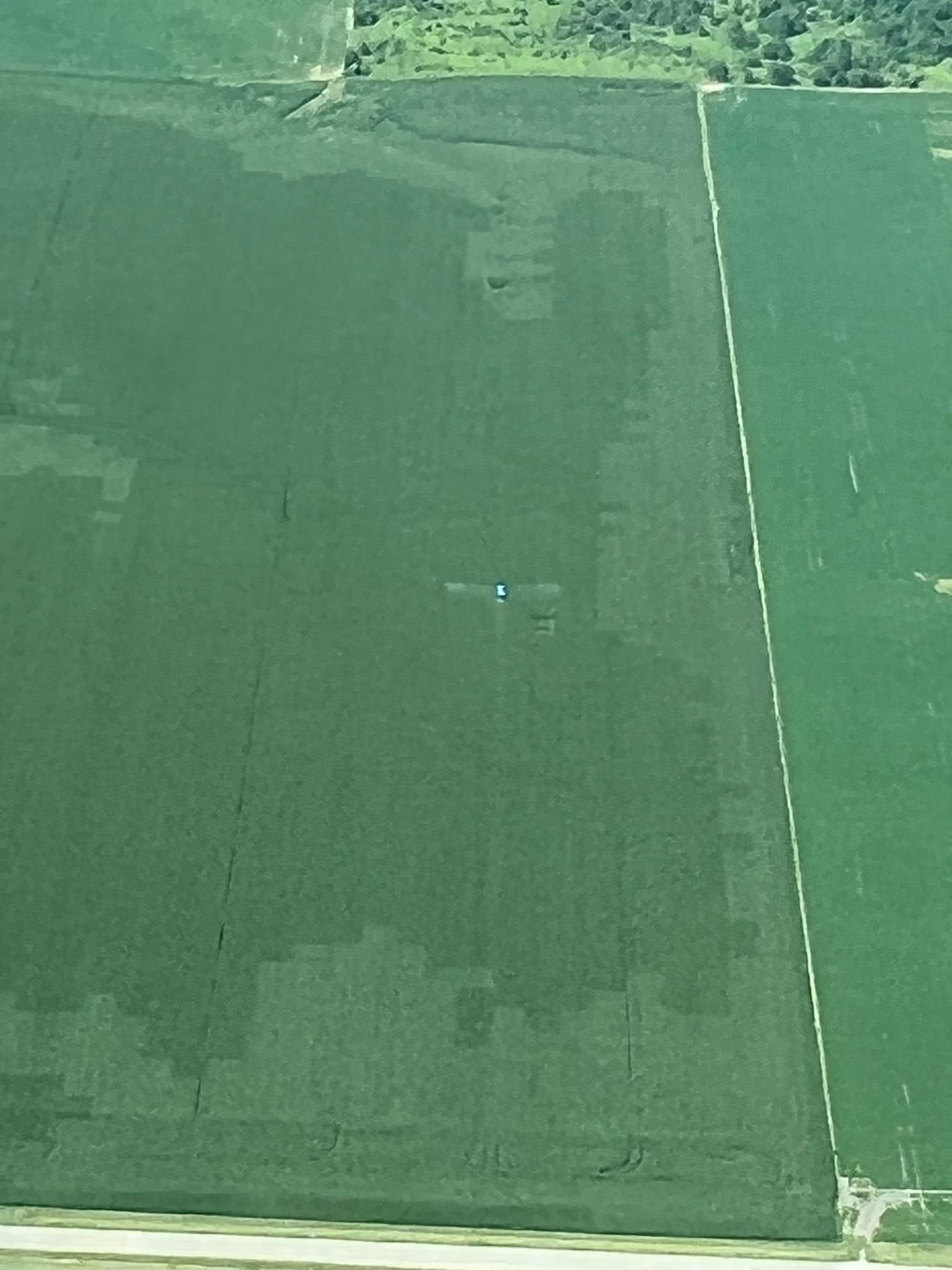
Partners & Friends,
The intensity of field work is finally winding down for the summer. We are spraying our last pass of fungicide on corn and beans. Our new sprayer has proven a huge benefit; we are now able to spray more efficiently with bigger loads (1,200 gallons vs. 1,000 gallons) and a wider boom (120 feet vs. 100 feet). A principal reason to upgrade the machine was to permit the application of 20 gallon/acre of water on the last pass of corn, opposed to the airplane rate of 2 gallon/acre. This thorough coverage of soaking should give the plant more, lasting protection against diseases and insects. We are conducting several field trials this season, which should provide insightful data to judge the value on the more complete coverage. We still feel there is much potential in both the corn and bean crops.
The team continues to stay busy working on the summer construction projects. Our window of extra summer labor will be closing in a few weeks as college and school begin to resume. The Fulton County Fair is this week, with the State Fair ensuing two weeks after.
Management decisions are difficult in this global, volatile situation. I attended a summer marketing meeting last week, which I hope to report on soon. Commodity prices have been in a freefall with the scattered rainfall across the cornbelt; corn and soybeans are down almost $2 and $3/bushel, respectively.
Phyllis and I have been getting some family time now that farming is less intense, including a visit to the Luecht family in Grafton, WI last weekend, and the Steele family and Ali in St. Louis, MO this weekend. Charles and Wilma celebrated their 69th anniversary last Tuesday, the 19th.
Fall Prices:
Corn—5.52
Soybeans—13.03
Stay cool and safe,
Steve

























